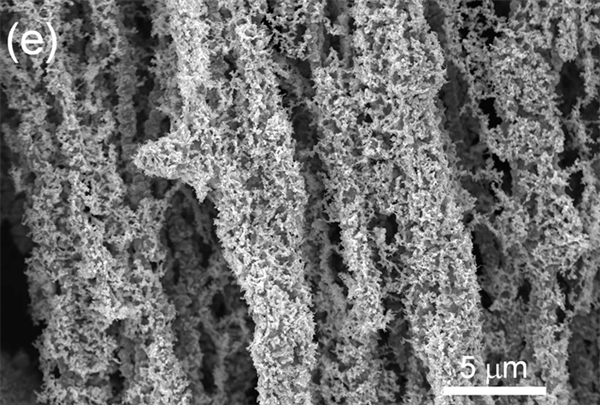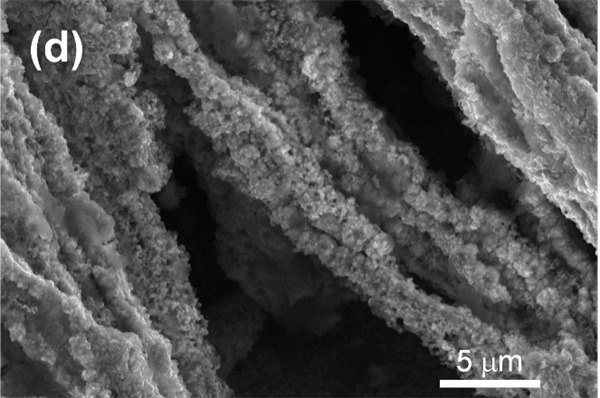Facile Synthesis Of Ni Nanofoam Architectures For Applications In Li-Ion Batteries
Patent Status
| Country | Type | Number | Dated | Case |
| United States Of America | Issued Patent | 10,964,942 | 03/30/2021 | 2017-047 |
Full Description
Background
According to the US DOE information, the 2022 Tesla Model 3 Long Range AWD has a range of 131 miles of combined city and highway driving – on a single charge. One of the range limiting factors of EVs is that the current graphitic anodes have a capacity limitation of 372 mAh/gram. Among potential options for new anode materials, Nickel Oxide (NiO) is appealing due to its theoretical capacity of 718 mAh/g and lower cost. The challenges with current NiO based anodes are:
- Low cycling stability.
- Low-rate capability due to its volume expansion.
- Poor electrical conductivity.
- The variety of nanostructures that have been developed to address these challenges still suffer from drawbacks such as high processing costs and low capacity retention.
Current Invention
Researchers led by the faculty team of Profs. Cengiz and Mihrimah Ozkan have discovered a novel, patented technology. The anode developed is NiO decorated Nickel (Ni) nanowires that are grown directly on Ni nanofoam. In their development, Ni nanowires are synthesized on the nanofoam by heating with Nickel Acetate and Glycerol at 400 deg. C. Additional details can be found in the related materials cited below.

Scanning electron microscopy (SEM) images of the NiO nanowire foam (Ni-NWF)

SEM images of the Ni-NWF after 1,000 cycles, the fabricated lab-level prototype
Advantages
The significant benefits of their discovery are:
Suggested uses
Lithium-ion battery anodes for:
State Of Development
Lab level prototype
Related Technology
Free-Standing Ni-NiO Nanofiber Cloth Anode for High Capacity and High Rate Li-ion Batteries
Related Materials
Contact
- Venkata S. Krishnamurty
- venkata.krishnamurty@ucr.edu
- tel: View Phone Number.
Other Information
Keywords
Lithium-ion battery, Anode, Lithium battery anode, Nickel Oxide, Nanowire Foam, Nickel Nanowire, Energy storage, Electric vehicles, Consumer electronics, Drone battery
